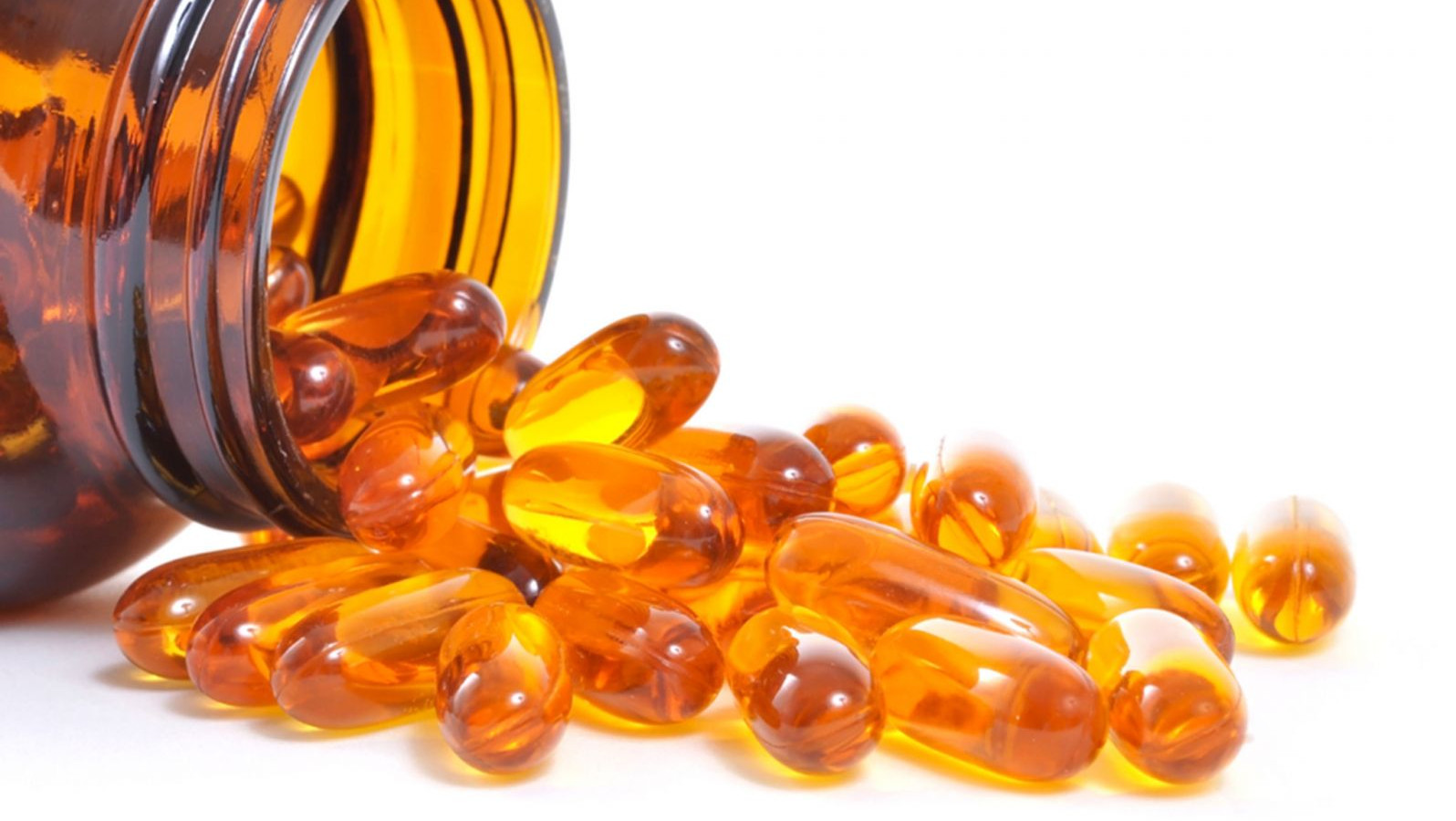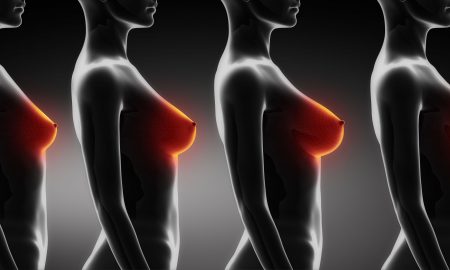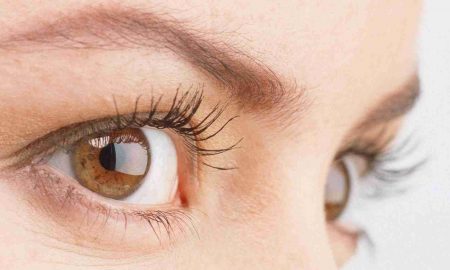Ask people on the street about it and not everyone will say what kind of vitamin it is, how it enters the human body and why it is needed. But this is one of the unique vitamins that is synthesized in the human body in a natural way under the influence of sunlight.
If a person is outdoors and takes sun baths at least twice a day for 15 minutes, this is enough to fully replenish the body with a much-needed vitamin and there is no need to receive it additionally from outside.
And some will remember the distant childhood years, when parents forced to drink the hated fish oil, because it was the most popular and widespread source of vitamin D.
What is vitamin D? One can, of course, take information from an encyclopedia and, quoting a number of scientific terms, delve into the chemical and physiological details of the organism's activity. For us, it is important to know that this vitamin D exists for our benefit, that a person needs it, and we must know how we can replenish it in our body.
Why does a person need vitamin D? Vitamin D contributes to the complete assimilation and metabolism of the necessary calcium and phosphorus in the human body (this is especially important for the skeletal system), regulates the immune system. Its presence plays an important role in preventing disorders of the nervous system, reducing the risk of developing multiple sclerosis, normalizes brain function in old age, reduces the frequency of asthma attacks, reduces the possibility of developing rheumatoid arthritis, and protects the body from low levels of radiation.
With enough vitamin D, people have a lower risk of developing cancer. Studies have shown that cancer patients are deficient in this vitamin, regardless of nutritional value.
Recently, the way of life of mankind has changed significantly. People who spent a lot of time on the streets, due to the change in industrial production, have moved indoors and, consequently, their ability to receive UV doses has been reduced. All this led to the fact that the natural production of vitamin D decreased and, accordingly, diseases associated with its deficiency became more widespread.
This problem is combated by fortifying certain foods with vitamin D, such as: bread, dairy products, spreads, breakfast cereals, pasta.
What foods contain vitamin D
Few foods contain vitamin D.
Natural sources of vitamin D are some types of fish. The best of them are the familiar salmon, mackerel, tuna. Beef liver, egg yolks, and cheese also contain some of this vitamin.
It is believed that people at high risk of vitamin D deficiency need to take 1,000 IU of vitamin D daily to maintain adequate blood levels. To maintain a satisfactory state of health, the elderly and dark-skinned people in conditions of solar insufficiency need to receive more vitamin D.
The amount of vitamin D a person needs.
There are the following medical recommendations for people with insufficient solar exposure.
Children under 13 years old, young people aged 14-18 years old, and older people from 19 to 50 years old need 5 micrograms (200 IU) of vitamin D. At an older age, 51-70 years old, 10 micrograms (400 IU) are needed. ). For older people, 71 years of age and older, it is advisable to get 15 mcg (600 IU) of vitamin D.
Children and adolescents who are not able to get enough vitamin D naturally need to get it through fortification of milk and food.
The article was prepared for the BiWomen.ru website.








